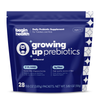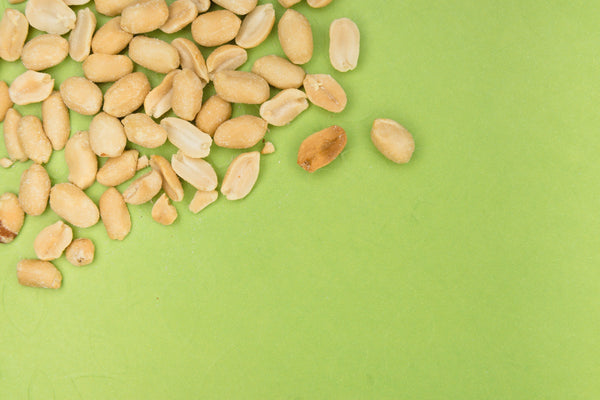Breastfeeding & Infant Gut Health, What Is The Link?
share this article

Breastfeeding and Gut Health
Breastfeeding is great! It is well documented to have numerous benefits to both the mom and baby’s health. Let’s add to the list. New research is out, further supporting why breastfeeding is so special. Mother’s milk plays an important role in establishing a healthy microbiome in babies. This has a long lasting impact on overall health.
What’s Special About Breastmilk?
Breastmilk is unique to each mom and baby. Seriously! Each mom has her own special formulation that is perfect for her baby at that feed. In addition to the nutrients, breastmilk contains beneficial bacteria and prebiotics.
Breastmilk Contains Nutrients and Microbes
One component that makes breastmilk extra special are the indigestible human milk oligosaccharides (HMOs) that are in there. HMOs make up one third of breastmilk. They are a natural prebiotic, and do their job to feed the baby’s gut microbiome which builds the baby’s immune system. Learn more about HMOs.
What’s special about breastfeeding?
When it comes to the good bacteria, researchers found that breastfeeding transfers more of them. Around 10% of the bacteria comes from the skin around the mother’s areola. This research will eventually help us bottle-feeding parents learn how to pump and store breastmilk to protect the good bacteria in there.
Why Do We Care About the Infant Gut Microbiome?
We care because there are some seriously positive health benefits. Beneficial gut bacteria play a role in lowering risk for chronic diseases like asthma, obesity, allergies, dermatitis, inflammatory bowel disease and neurodevelopmental disorders. They also play a role in regulating anxiety, mood, cognition and pain via the brain/gut axis.
How Much Breastmilk Makes a Difference?
Any amount of breastmilk is beneficial! Even if it’s only for a short time. Mom’s first milk at birth, called colostrum, has the highest concentration of HMOs. If you’re struggling with breastfeeding, you are not alone. If you want to get some help we’ve got you.
Help! My Baby is Not Breastfed
If you are one of the many many women (or men!) who are not breastfeeding your baby, don’t sweat it. There are so many other things you can do. We are slowly starting to see HMOs in infant formula. If your child is over 1, check out Growing Up Prebiotics.
Daily reads to help your little ones lead happier and healthier lives.
Join the
Happy Gut Club
Summary
Breast milk is extra special. It contains nutrients and microbes (good bacteria) that are unique to each mom and baby. If you can swing it, try to breastfeed for a little bit. After 1 year, be proactive with your baby's gut health.

















